How to Avoid Frequent Pond Dredging
How to Avoid Frequent Pond Dredging
Picture this: you manage a business park with a pond out front. Every couple of years, the pond becomes full of gunky debris, starts swarming with bugs, and takes on a puke-green hue. And every time this happens, tenants complain, and you call up a pond dredging company to take care of the problem.
Each time this maintenance is completed, it costs tens of thousands of dollars and takes multiple weeks. There are fewer parking spaces available, the machinery is loud, and it overall causes a headache for your entire building. But how do you avoid this disruption? Is there any way to reduce the frequency of pond dredging? And if so, what are your options?
At State Chemical, we manufacture and distribute chemical and biological solutions for various applications, including pond care. Frequent dredging can be a financial burden and a hassle, making it hard to continually deal with this maintenance.
To help you learn how to avoid frequent pond dredging, we will explain why ponds deteriorate, the toll of frequent dredging, and other methods for pond care. After reading, you’ll understand the reasons behind pond deterioration and alternative methods to dredging.
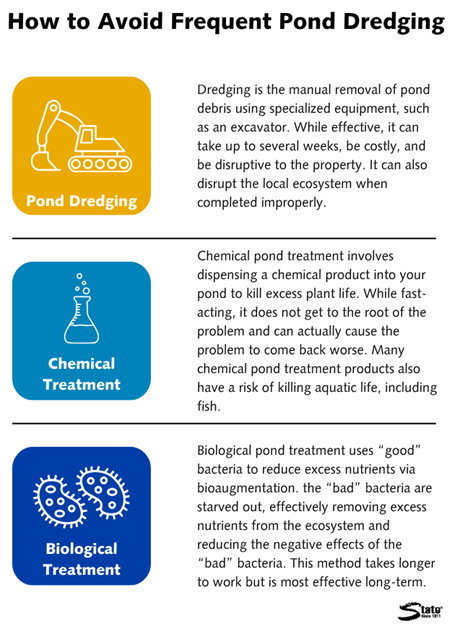
Why Do Ponds Need Treatment?
The reason many facilities turn to pond dredging is because ponds need treatment. Otherwise, they will experience an overgrowth of algae and other plants over time, leading to debris, odors, insects, and discoloration.
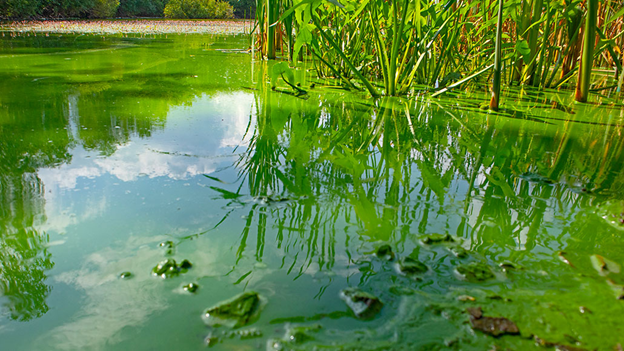
This happens because of an excess of nutrients (namely phosphorus and nitrogen) in the water in a process called eutrophication.
Runoff water picks up excess nutrients and other negative compounds from substances like decaying plant matter, stormwater, soil, and animal waste. It then carries these substances with it when it funnels into a larger body of water, such as a pond.
From here, the pond’s plant life (especially its algae) flourishes off of the excess nutrients, and the plant life grows—excessively. This creates an influx of weeds as well as algae, which depletes the oxygen supply.
As a result, plants other than algae die off due to the algae using the majority of the nutrients. These decaying plants add to a muck layer in the pond that also includes animal waste and other debris. Without sufficient access to oxygen, all other aquatic life (including fish) will eventually die off. Pond life will be limited solely to algae until it depletes the remaining nutrients and dies off as well, which releases more nutrients and oxygen into the water to create a cycle of algae growing, dying, and fueling its own regrowth,
At this point, the entire pond is devoid of life other than algae, and an ecosystem has been destroyed.
It takes time for ponds to reach this point, but through eutrophication, this will eventually happen. Pond treatments like dredging exist to stop this outcome from materializing.
The Negative Impacts of Frequent Pond Dredging
Unfortunately, dredging is not a perfect solution. And no solution is perfect, but dredging can be particularly disruptive and costly compared to other treatment methods.
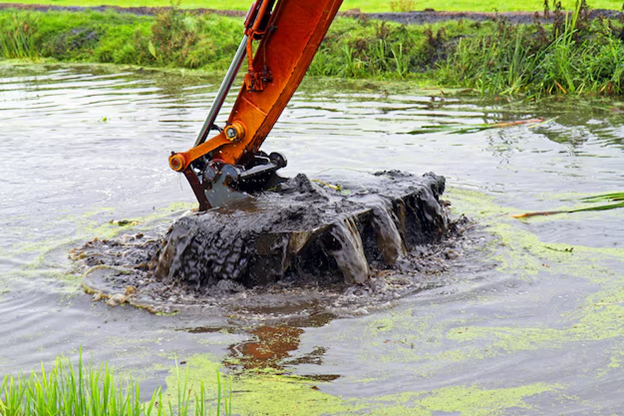
Pond dredging usually takes anywhere from several days to several weeks, typically costing $5,000–$100,000 (depending heavily on the size of your pond and the severity of the issue). When the equipment is on site, it can be loud, take up space, and be a general eyesore.
Additionally, when completed improperly, dredging can negatively disrupt aquatic habitats, release pollutants into the water, and disturb fish nesting or spawning sites. These are all harmful to the ecosystem and can even affect wildlife that relies on the pond as a food source.
Because of all these factors, dredging can be undesirable to many facilities, but there are other options to treat your pond and avoid dredging altogether.
Alternative Treatments to Pond Dredging
If pond dredging isn’t the solution for you, you can also explore chemical and biological pond treatment methods.
Chemical Pond Treatment
Chemical pond treatment involves dispensing a chemical product into your pond to kill excess plant life (namely weeds and algae). This is a fast-acting approach to improve the appearance of your pond by reducing debris.
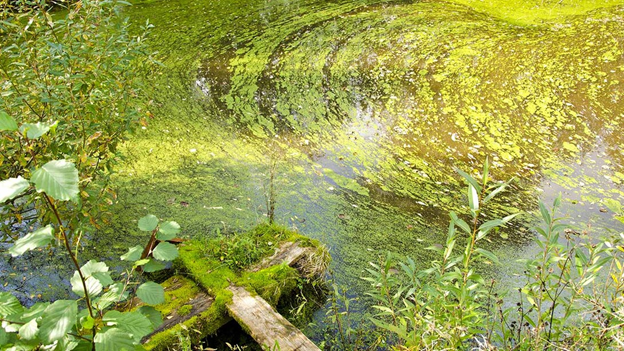
However, chemical products do not get to the root of the problem (excess nutrients in the water). Therefore, even though the chemicals kill off the surplus of plants, the plants will continue to grow off the nutrients later on, and the chemical process of killing plants actually releases more nutrients into the water. As a result, the problem will come back worse than it started, and many chemical pond treatment products carry a chance of killing aquatic life, including fish.
So, while chemical pond treatment is a quick fix in a bind, it is usually not recommended as a long-term solution.
Biological Pond Treatment
Your other option to treat ponds in place of dredging is through biological pond treatment. Biological pond treatment uses “good” bacteria to reduce excess nutrients via bioaugmentation.
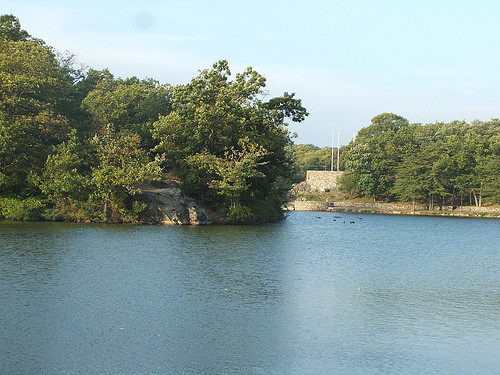
Bioaugmentation is the process of cultivating a colony of bacteria to improve the health of the environment in which the colony is located. With biological pond treatment, this involves adding “good” bacteria into the pond to outcompete “bad” bacteria for the same food sources. As a result, the “bad” bacteria are starved out, and excess nutrients are broken down. This process effectively removes excess nutrients from the ecosystem and reduces the negative effects the “bad” bacteria produce.
Compared to dredging and chemical pond treatment, biological pond treatment works more slowly, with changes typically not noticeable for at least a few weeks. But biological pond treatment treats the root of the problem rather than the symptoms, prevents future issues, and is more environmentally friendly.
If you’re looking to avoid dredging, biological pond treatment is an effective option that will be less disruptive to your property and more economical in the long run. It will take longer to take effect, but with continued use, you won’t have to deal with disruptions or intermittent pond problems as you would with dredging.
Learn About State Chemical’s Biological Pond Treatment Program
Dredging can be a costly headache for your property, but there are ways to avoid it. Now that you know how biological pond treatment can help you avoid dredging, watch the video below to learn about State Chemical’s pond program.








